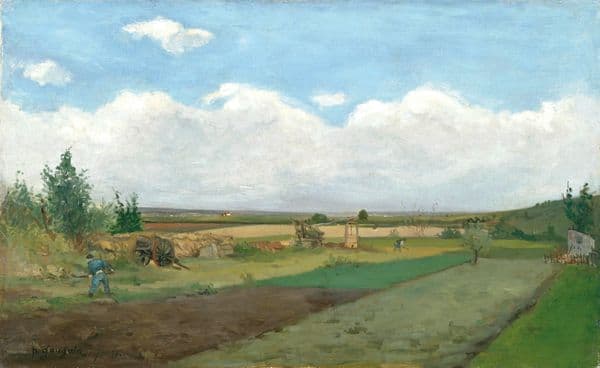
Gauguin’s World - Gauguin Tōna Iho Tōna Ao
Curated by former Director of the Louvre and Musée d’Orsay, Henri Loyrette, Gauguin’s World: Tōna Iho, Tōna Ao brings together 146 works of art from more than 65 collections internationally. From his early Impressionist works, through experiments in synthetism and symbolism, Gauguin’s oeuvre includes painting, drawing, ceramics, wood carving and printmaking. He forged new ground in genres of portraiture, still-life and landscape, gaining recognition for his bold and expressive use of colour and materials, and becoming one of the first artists to achieve international acclaim.
Born in Paris in 1848, Gauguin’s self-mythology is bound up with a life of travel: from childhood years with his mother’s family in Peru, and time in the merchant navy, to artistic work in Denmark, France, Martinique and the Pacific. Disillusioned with the decadence of modern France and industrial society, Gauguin cultivated a persona as a great artist with a ‘savage’ soul, actively aligning his work with cultures in Brittany, Egypt, Mesopotamia, Asia and Oceania. In search of an imagined earthly ‘paradise’, Gauguin spent his later years in Tahiti and, finally, the Marquesas Islands. The exhibition title refers to Gauguin’s use of Tahitian language: Tōna Iho encompasses the artist’s soul, spirit, heart, thought, ideas, opinions, and views. Tōna Ao relates to all that constitutes and shapes Gauguin’s world.
The Gauguin Dilemma
Can you love the art but loathe the artist? This Audio Tour is only part of the story. To find out more subscribe to The Gauguin Dilemma on your favourite podcast app or listen here.




















